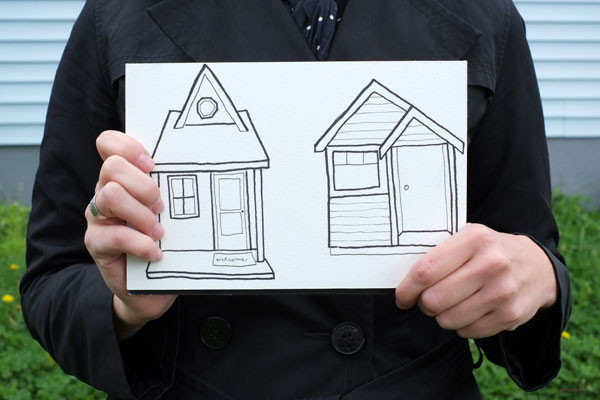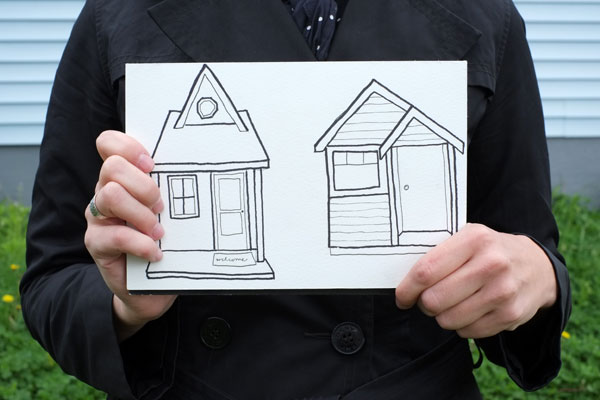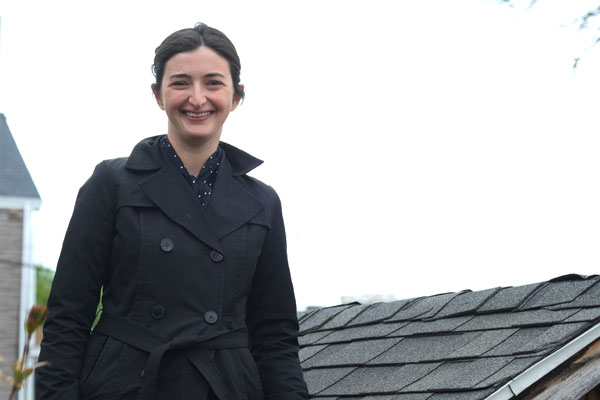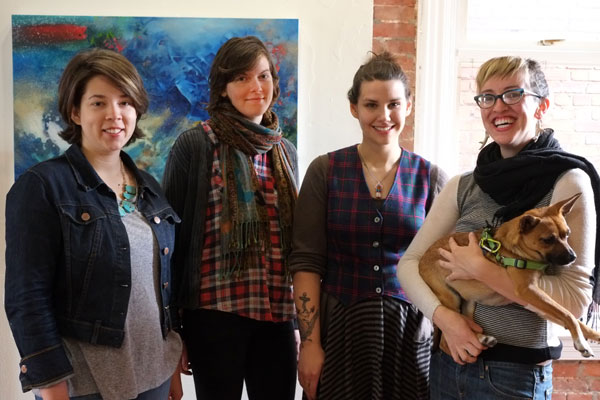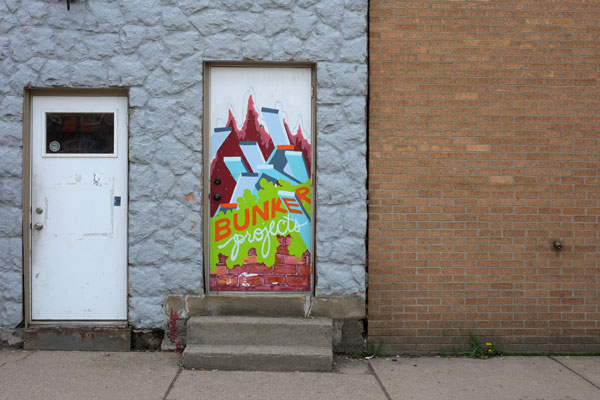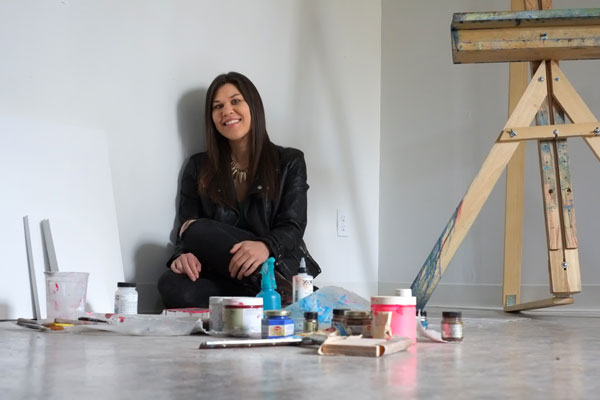“Where you live is one of the biggest financial decisions in a lifetime,” says Divya Raghavan, senior analyst at NerdWallet.com, in a phone call from the company's San Francisco office.
Raghavan recently published a study on the personal finance website entitled “Cities With the Fastest-Growing Rents.” Pittsburgh was number nine on a list that included three cities in Texas, Fort Collins, Colo., Chattanooga, Tenn., Cedar Rapids, Iowa and population giants Washington, D.C., San Francisco and New York.
“Pittsburgh’s growth and success are rooted in its diverse economy, which includes higher education, health care, banking and a growing technology industry,” wrote Raghavan. “The area’s growth, however, is mirrored by its rising rents.”
In fact, Pittsburgh has seen a 22.7 percent rent increase over the past five years: In 2007, the average rent was $529; in 2012, average rent was $649 per unit. Raghavan notes that an increase of $100 is bigger by percentage in Pittsburgh than cities like New York where $100 is a drop in the bucket.
“Pittsburgh’s growth doesn’t look like it’s going to slow down,” says Raghavan. “Rent prices will continue to rise.”
She says this economic growth makes it attractive to buy and live in Pittsburgh, adding to the city-wide discussion about where and how the next generation of Pittsburgh residents will live.
Often overlooked, Garfield — a neighborhood once known for high crime — has become a veritable laboratory for innovative ways to make housing work, not only for new, upwardly mobile residents, but also for those who have lived in the city for decades.
Businesses, restaurants and arts organizations have seen the potential of Garfield, where rent is cheap enough to take a risk on something new — such as the wildly popular eatery Salt of the Earth that opened in 2011. The community has also made a major effort to bring people together through events like the Garfield Night Market. The area is ripe for developing a new habitat for Pittsburghers.
Think Tiny
CityLAB, a small nonprofit that produces local economic development projects, has an initiative called “6 Percent Place” — it explores what makes neighborhoods attractive to prospective residents. They are applying some of this research in Garfield with support from the Bloomfield-Garfield Corporation.
The 6 percent program is founded on the idea that, “if a neighborhood can get that many creative workers, it becomes an attraction in its own right.”
Six percent is the tipping point according to cityLAB.
Eve Picker, cityLAB president and CEO, explains that the organization was looking for ways to rebrand Garfield. They want to improve the lives of current residents, utilize the neighborhood’s vacant buildings and provide opportunities for affordable housing.
During the fall of 2011, development ideas for Garfield cityLAB were detailed in the 6% Place Book. Two projects have developed from the Place Book: the Garfield Night Market and Tiny Houses.
The tiny houses campaign is an economical way to increase value in the neighborhood and attract residents.
Sara Blumenstein, cityLAB program manager, explains that there are a lot of vacant lots in Garfield; some are owned by the city. If one wants to turn a vacant lot into a normal-sized house, the costs can be prohibitive — the low appraisal prevents developers from wanting to build because the end result is a low property value for a big house.
But, by building smaller homes, the price is right, around $108,000 to be exact. With an estimated $516 monthly mortgage payment, tiny houses could encourage buying in Garfield and change the market.
In addition to the financial incentives, Blumenstein says people are interested in “living more sustainably and living smaller.”
The first ever Tiny House Conference was held in Charlotte in early April. The sold out meeting represents a movement, born out of the great recession, that is gaining traction across the country. In fact, A&E has announced they will air a reality show called Tiny House Nation starting in July.
These homes are no more than 200 or 300 square feet. Residents must downsize and think creatively to best utilize the space.
Tiny House pioneer Dee Williams of Olympia, Wash., has described the sense of contentment she felt after building and moving into her 84-square-foot home. The movement embodies a Thoreau-esque ethos to simplify life.
Picker says Pittsburghers have expressed interest in cityLAB’s tiny houses program for various reasons. The cost of maintenance, heating and cooling is cheaper in a tiny house. Some retired residents are looking to find a smaller place and live more simply. Also, some citizens would prefer a home with a smaller footprint that focuses more on gardens and greenery. For others, it comes down to affordability.
Ground is about to break on cityLAB’s first tiny house. The home will serve as a guinea pig for future builders.
In December 2013, cityLAB hosted a tiny houses brainstorming event to discuss design and the nonprofit’s initial plan of providing blueprints for tiny homeowners. However, demand from those interested in the project changed cityLAB’s plans. Those who attended the meeting had questions about zoning, loans, appraisal and city codes.
So cityLAB adjusted, expanding the plan from providing designs to answering the aforementioned questions. The first tiny house’s construction will be cataloged in an online journal on this blog, which will then serve as a how-to manual for those interested in constructing future tiny houses. The inaugural tiny house will be for sale after its completion.
Picker says she hopes the guide for tiny houses reaches far and near. She wants people to think about Garfield and Pittsburgh across the country. And, when people move to the city, she wants them to consider Garfield as a housing option.
Affordability for Artists
Another Garfield program can be found in the Bunker Projects.
The Bunker Projects' artist residency is one of a few enterprises in Pittsburgh that supports housing and workspace for creatives. The Mattress Factory and Carnegie Mellon’s Studio for Creative Inquiry also fund artist housing. However, Bunker artists’ home, gallery and studio space are bundled together in one location.
When Abigail Beddall, Cecilia Ebitz and Jessie Rommelt — or the Bunker ladies, as they refer to themselves in their email signature — graduated from Penn State in 2011, the sculpture alumna missed the camaraderie and inspiration from a shared studio.
The women created an artist collective in a State College basement, hence the name the Bunker Projects.
Hoping to continue their vision in a city with a burgeoning arts scene, the Bunker ladies moved to Pittsburgh.
“It felt like an art scene that was starting to really buzz,” says Rommelt.
The co-directors of the Bunker Projects discussed how Pittsburgh’s emerging scene is attractive for creative types. They say there is no reason to venture to New York anymore, where it’s costly to be an artist and difficult to monetize creative work — you can draw inspiration from smaller cities.
“I could afford being an artist,” Beddall says of choosing Pittsburgh.
The Bunker founders found Garfield to be a welcoming place for artists and galleries.
The Bunker Projects is located above The Mr. Roboto Project, a music venue, at 5106 Penn Avenue. Upon climbing the stairs, one enters the open layout of a shared studio. The Bunker’s first floor features a bathroom, kitchen, studio and gallery space. The next story holds the private bedrooms.
The women wanted to create a situation that would allow them to make original art and create a communal atmosphere.
“We wanted to create a space for emerging artists,” Beddall says.
The home influenced the residency program, Ebitz explains. The vision for a gallery venue and studio turned into a program wherein two artists work and live in the house, utilize the setting and gallery, and pay only $300 a month for three months. Residents are selected through an application and interview process.
The openness of the venue is also great exposure — the Bunker Projects participates in the Bloomfield-Garfield Corporation’s Unblurred, a Penn Avenue art crawl.
The building required top to bottom renovation. The site was a burnout, and renovations were costly and took over a year to complete. The work was funded with various grants, personal loans and fundraisers. Residents are also independently funded by grants.
The Bunker gallery room is available for rent and the studio is starting to host open drawing sessions.
The rent, the co-directors warned, may need to increase in the future. But an increase from $300 is still well below the high rent prices in cities like New York and San Francisco. The Bunker ladies note that prices may rise, as is the trend across Pittsburgh, but they feel it’s important to keep it affordable.
Photos by Brian Cohen.
